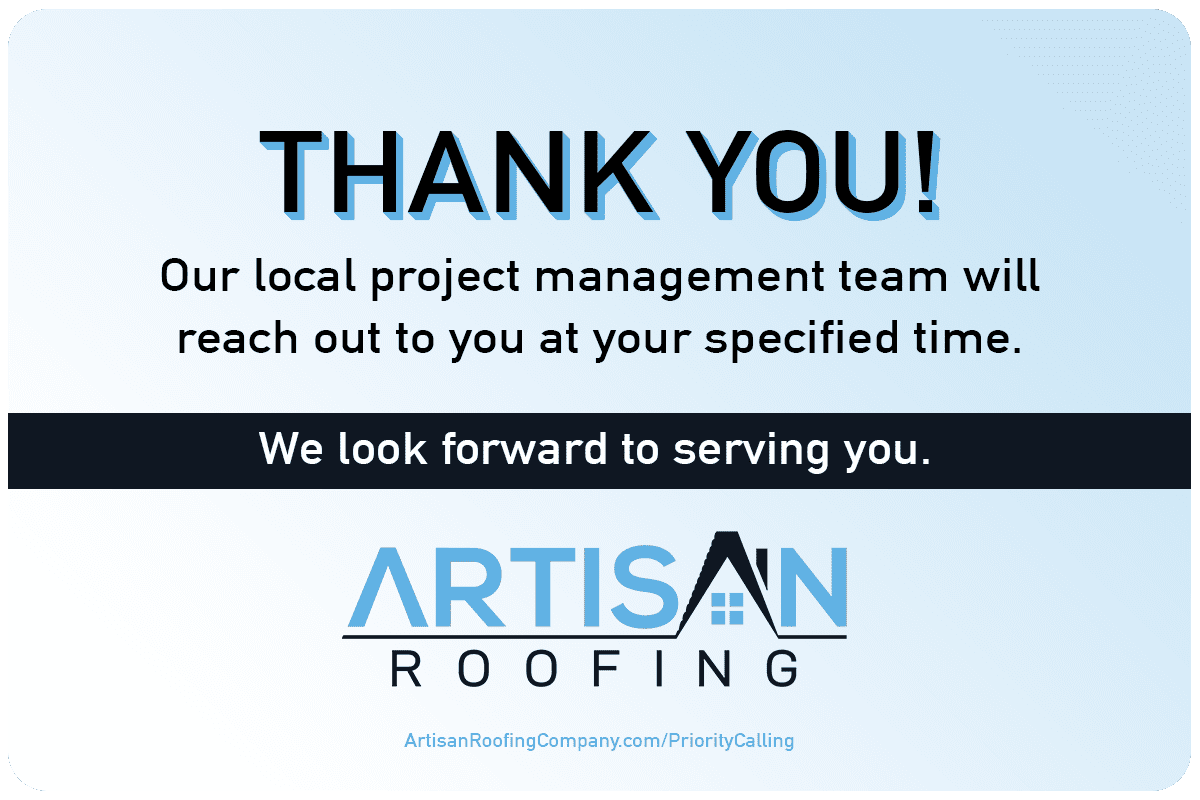Your home’s roof is one of its most critical components, protecting you and your family from the elements while contributing to your property’s overall aesthetic and value. But like any part of your home, roofs don’t last forever, and knowing when to replace them is crucial for maintaining the integrity of your home. Waiting too long can lead to costly repairs, while replacing it prematurely might be an unnecessary expense. Below, we’ll outline the signs to watch for, lifespan considerations, and tips on planning for a roof replacement.
Understanding Roof Lifespan
Different roofing materials have varying lifespans, so the first step is knowing what type of roof you have and how long it typically lasts. Here’s a breakdown of common roofing materials:
- Asphalt Shingles: The most common roofing material in the U.S., asphalt shingles generally last 20-25 years, though some high-quality varieties can last up to 30 years.
- Wood Shingles or Shakes: Wood shingles offer a rustic, natural look and can last 20-30 years with proper maintenance. However, they are more susceptible to weather damage and rot.
- Metal Roofs: Metal roofing, whether standing seam or metal shingles, can last 40-70 years. They are durable and resistant to many types of weather damage.
- Clay or Concrete Tiles: These highly durable materials can last anywhere from 50 to over 100 years, making them a long-term investment for homeowners.
- Slate Roofs: Like tile, slate is a premium roofing material with a lifespan of 75-200 years. It’s exceptionally durable but expensive.
Knowing the age of your roof and its typical lifespan will give you a general idea of when you might need to replace it, but that’s not the only factor to consider.
Key Signs It’s Time to Replace Your Roof
- Visible Damage to Shingles One of the clearest signs that your roof is nearing the end of its life is visible damage to the shingles. If your asphalt shingles are curling, cracking, or missing altogether, it’s time to think about replacement. Shingles that are losing granules (the rough outer layer) can also signal the need for a new roof, as they are no longer effectively protecting your home from the sun’s UV rays and weather.
- Water Leaks and Interior Damage Water damage inside your home is a clear indicator that your roof has issues. Stains on your ceiling, water spots on walls, or a damp attic are all warning signs that water is seeping through the roof. Once water enters your home, it can cause extensive damage to insulation, drywall, and even electrical systems. This can be a sign that the roof is compromised and needs replacing, particularly if you’ve already had multiple repairs in the past.
- Sagging Roof Deck A roof that’s sagging or uneven could indicate structural issues with your roof decking or even the foundation of your home. This is a serious issue that goes beyond just replacing shingles and could require a full roof replacement along with repairing the underlying structure.
- Moss, Mold, and Algae Growth If you notice moss or algae growing on your roof, it’s not necessarily an emergency, but it can lead to more serious damage. Moss traps moisture against your roof’s surface, which can lead to the degradation of shingles. Over time, this moisture can weaken your roof and contribute to the development of rot.
- Rising Energy Bills If you’ve noticed an unexplained increase in your heating or cooling bills, it could be due to a roof that’s no longer energy efficient. Older roofs, or those with damaged insulation, can let conditioned air escape from your home, forcing your HVAC system to work harder. A new roof, particularly one with energy-efficient materials, can help lower your utility costs over time.
Factors That Influence Roof Longevity
While the material and age of your roof are key factors, other variables also affect its lifespan, including:
- Climate: Homes in areas with extreme weather conditions—such as intense heat, heavy snowfall, or high winds—tend to see more wear and tear on their roofs. If you live in such an area, regular inspections are essential to catch problems early.
- Maintenance: Regular maintenance, such as cleaning gutters, removing debris, and addressing minor repairs, can extend the life of your roof. Ignoring these tasks, on the other hand, can lead to premature deterioration.
- Installation Quality: A well-installed roof will naturally last longer than one that was installed poorly. If your roof was not installed by a professional, it might not reach its full lifespan.
Planning for a Roof Replacement
Once you’ve determined that it’s time to replace your roof, there are several steps you can take to make the process smoother:
- Get Multiple Quotes: Contact several reputable roofing contractors to get quotes. Ensure that the quotes include a breakdown of costs, the materials used, and the timeline for the job.
- Consider Upgrading Materials: When replacing your roof, it might be worth considering upgrading to more durable, longer-lasting materials like metal or tile, depending on your budget and home’s needs.
- Prepare for the Disruption: Roof replacement can take several days or even longer, depending on the size of your home and the type of roof. Make sure you plan accordingly for any disruptions to your daily routine.
Conclusion
Knowing when to replace a roof is a key part of homeownership. By keeping an eye on the condition of your roof and acting promptly when issues arise, you can protect your home, save money in the long run, and even enhance your home’s value. Regular inspections, timely repairs, and professional installations will ensure your roof does its job for years to come.

